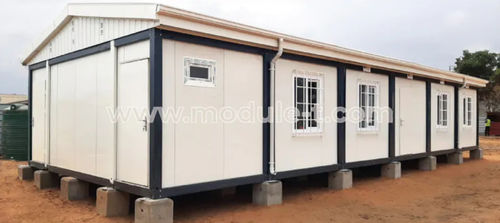Modular and prefabricated dormitory buildings transform how industries address their housing needs, offering a modern, efficient alternative to traditional construction. These structures are designed to be rapidly assembled, making them ideal solutions for sectors that require flexible, scalable, and cost-effective accommodation options, such as construction, mining, and oil and gas.
Engineered for durability and sustainability, modular and prefabricated dormitory buildings can be easily transported and installed on-site, significantly reducing construction time and labor costs. In this guide, we’ll explore the key technical features of modular dormitories, their logistics, versatile applications, and cost benefits. We’ll also highlight why Module-T is a leader in providing high-quality, modular, and prefabricated dormitory building solutions for industrial and commercial use.
Technical Specifications of Modular and Prefabricated Dormitory Buildings
Modular and prefabricated dormitory buildings are known for their efficiency, reliability, and scalability. Here’s an overview of their technical features:
Construction Material: A modular dormitory leverages high-grade materials such as metals and composites. These materials are chosen for their toughness, proper engineering, and ability to withstand degradation caused by environmental elements.
Modular Design: Modules are manufactured in factories and shipped to the construction site for assembly. This module-based construction provides accuracy, higher quality, and multiple customization choices. For example, you can add prefab locker rooms to your dorm units.

